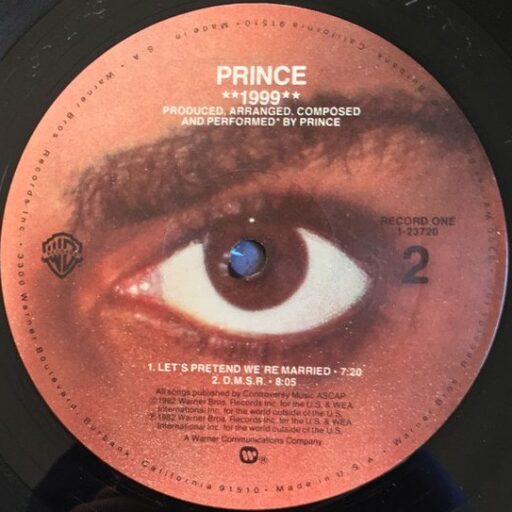Tag: alpha studios
-
Podcast: Prince (1979) Revisited
October 19, 2018 marks the 39th anniversary of Prince’s self-titled second album–not the most glamorous occasion, perhaps, but reason enough to reassemble the review panel from our For You podcast for a reappraisal. Once again, Zach is joined by Harold and KaNisa for a track-by-track discussion of this underappreciated album, its resonances throughout Prince’s career, and why it still…
-
Do Me, Baby
“Do Me” wasn’t the first piece of aural erotica to reach the American charts… But those songs, however suggestive, had stayed within the realm of plausible deniability; in contrast, there’s no question what Prince is doing at the end of “Do Me.”
-
It’s Gonna Be Lonely
On an album that arguably set the mold for who Prince was as an artist, “It’s Gonna Be Lonely” feels like the most “Prince” of all.
-
Still Waiting
Heartbreak is the bread and butter of country and soul music alike; Prince employs these well-worn tropes with lines so note-perfect they seem almost timeless.
-
Bambi
“Bambi” was the heaviest thing Prince had recorded, and would remain so until his scrapped album The Undertaker–which just happened to feature an even heavier version.
-
When We’re Dancing Close and Slow
“Close and Slow” owes as much of its ambience to folk-infused 1970s soft rock as to any kind of R&B; in particular, it’s another early signal of Prince’s artistic debt to Joni Mitchell.
